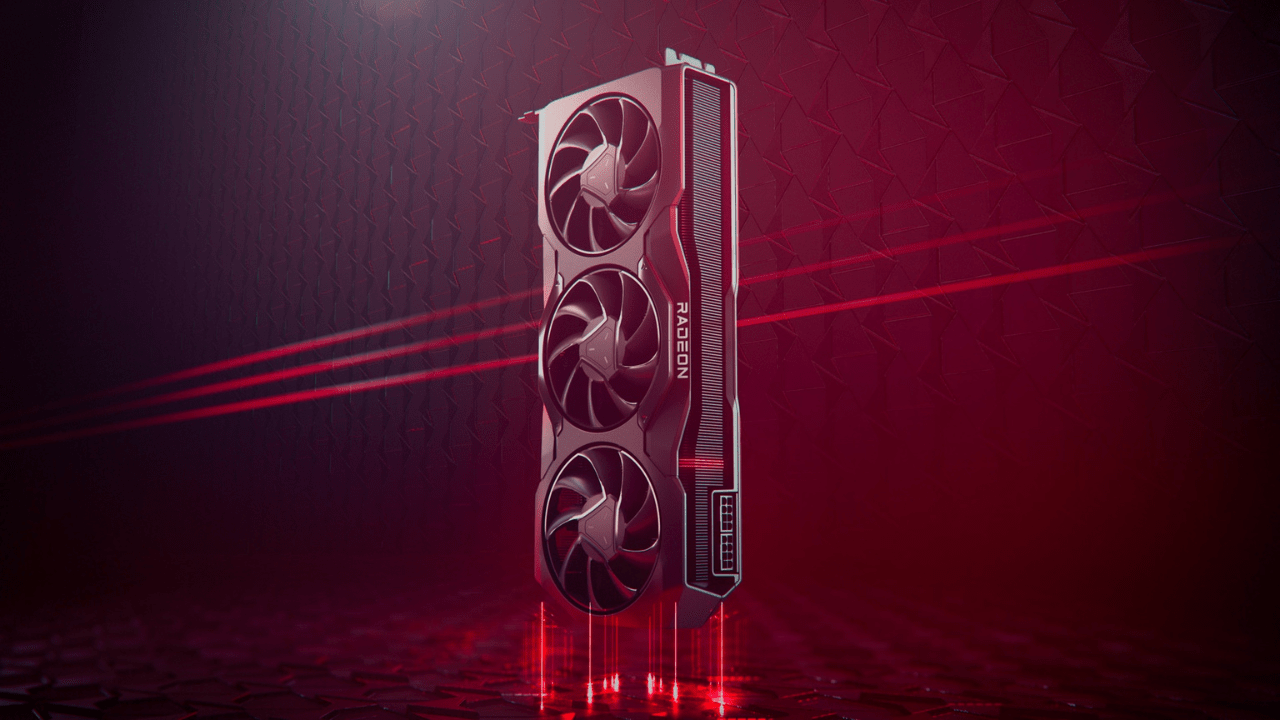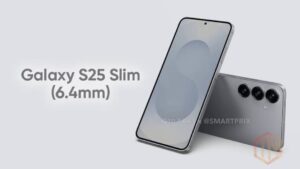
AMD has announced Radeon RX 7900 XT and Radeon RX 7900 XTX brand new high-end gaming laptops with high-performance GPUs based on RDNA 3, a sophisticated microarchitecture. AMD has not yet disclosed all the specifications. Here, we'll provide you with a glance at these masterpieces.
These laptops are manufactured using multiple scalable "chiplets" which have been constructed on a 5nm process. The new Radeon RTX 7900 XTX has 24GB of GDDR6 RAM, 96 compute units and a clock speed of up to 2.3GHz. 355W is the total board power consumption rating, while the Radeon RX 7900 XT includes 20GB of GDDR6 RAM, 84 CUs, and a 2GHz clock speed. For this model, 300W of power is consumed in total.
Two conventional 8-pin PCIe power ports and video outputs for DisplayPort, HDMI, and USB Type-C, are seen in AMD's advertising photographs for both variants. Partner brands will be allowed to alter their product selections.
The complex integrated GPU has been divided into numerous Memory Cache Dies (MCDs) and a Graphics Compute Die (GCD). It houses the compute units that make up the graphics rendering pipeline. In contrast to the Radeon RX 7900 XT, which has five active MCDs and a bus width of 320 bits, the Radeon RX 7900 XTX features six MCDs, each on a 64-bit wide bus, which in total becomes 384 bits.
Also,Read - Twitter Introduces Paid Verification for Blue Tick
The MCDs are produced using a 6nm process, whilst the GCDs are produced on 5nm nodes. This allows AMD to combine and match components to optimise manufacturing resources and costs.
According to the sources, the laptops from AMD will be released worldwide by December 13. Being nearly affordable, the AMD Radeon RX 7900 XT will costs at $999 (approximately INR 81,898) while the AMD Radeon RX 7900 XTX at $899 (approximately INR 73,700), a step-down product yet worthy of its features. In the Indian market the retail price for these products has not been suggested, yet.
AMD claims that ray tracing is now 50% quicker than it was with the previous generation. Based on the RDNA 2 architecture, AMD promises to have up to 70% higher performance or 54% higher performance per Watt than the prior version. Additionally, the company claims a 2.7X increase in bandwidth for their upcoming Infinity Cache.



Leave a Reply